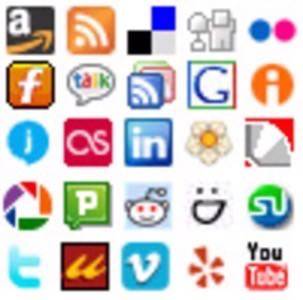By using FriendFeedStats, which creates service-level usage statistics from lifestream aggregator FriendFeed based on its public timeline, we can see which services are the most popular. Specifically, Twitter tends to dominate the conversation with about 44% of all activity on the service. Eric, over at Internet Duct Tape, spent the time to helpfully compile the stats and identify some trends.

What he found was that just 8 services out of the 35 it now supports account for 90% of the site’s activity. Twitter, Blog, Google Reader, del.icio.us, Digg, Tumblr, YouTube, StumbleUpon, with Twitter accounting for about 44% (slightly more when he made his analysis).
That’s a little misleading, because these stats measure updates, and Twitter is basically a chat application, so updates come fast and furious all day. But what is more interesting is that in each service category that Eric looked at, the market leader dominates the activity on FriendFeed — i.e., Digg is the most used bookmarking site, Last.fm the most used music site, Flick for photos, Twitter for status updates, etc.
The conclusion to be drawn from that is that getting early position is very important in the web 2.0 world and that the most important aspect of any web 2.0 service is users. “You can’t ignore the network effect,” writes Eric. “People will use the service that the people they want to network with use. Once an incumbent has a critical market share, it is very hard to oust them.”
Another thing to keep in mind while looking at these results is that FriendFeed is still the playground of early adopters. People who don’t do things like read ReadWriteWeb probably also don’t use FriendFeed. These numbers give a snapshot into which services are resonating with the web 2.0 early adopter crowd, but perhaps not necessarily which will make noise in the mainstream. For example, Google Reader shares are actually more popular on FriendFeed than del.icio.us bookmarks. Neither of those is really a mainstream service, but generally looking at the number of items shared on the tech-dominated Google Reader vs. the number of items bookmarked on del.icio.us paints a different picture.
What other conclusions can you draw from the FriendFeed usage stats? Let us know your thoughts in the comments below.

















